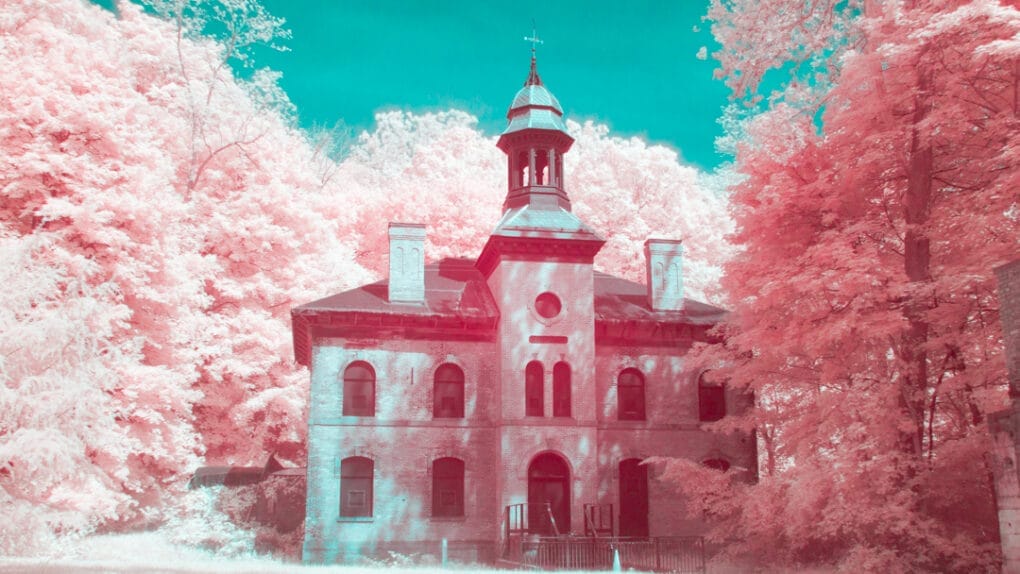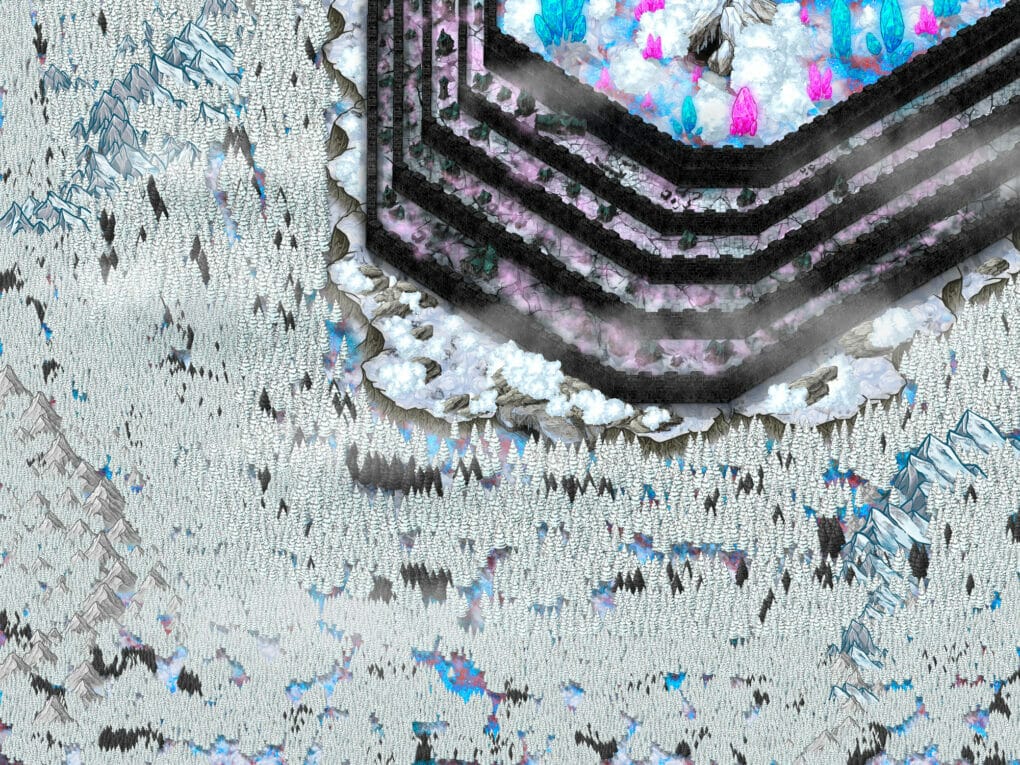Do you know about Noblebright Fantasy? Noblebright Fantasy refers to stories in which the main motivation of the characters is an altruistic proposal or quest, and the world in which they live upholds hope and the possibility of better. Noblebright stories present characters that choose to act with kindness and honor, and are rewarded for their good qualities and actions. In a Noblebright Fantasy, the outlook of the story is a positive one and the world presented, although not perfect, is beautiful and valuable in the eyes of the characters. Noblebright Fantasy in other media. Although the Noblebright concept made its debut within the gaming community, as a counterpart for the “Grimdark” denomination of the popular game WarHammer 40,000, its popularity has grown ever since, and given way for people to start applying it through other media.

Literature, cinema, television, and comic books and animation are now being judged under this light, and the traits of Noblebright Fantasy are appearing in each of these spheres. Today we’ll discuss the Noblebright influence in Japanese Manga and Anime. Studio Ghibli: A Noblebright core.

Fronted by multiple-award-winner director Hayao Miyazaki, this animation studio is famous around the world for its unique style and the deep message of its stories.


Every one of their movies is a deep, well-crafted piece that showcases the complexity of the human psyche, and each holds a Noblebrigth message in one way or the other; from the environmental warning of Princess Mononoke to teaching children about the power of imagination in My Neighbor Totoro; from introducing kids to their own internal strength in Spirited Away to the brandishing of the anti-war flag in Howl’s Moving Castle.


Each Ghibli movie addresses a social or psychological problem through the use of fantasy and leaves a deep, lasting impression behind. The movies go beyond just animation and deal with complicated hidden meanings and underlying issues, while all the time keeping the overall mood that of hope,
softness and kindness. Noblebright Fantasy: Two genres joined.


Japanese Manga and Anime have been upholding Noblebright fantasy in their pieces for a very long time. A great majority of its content oriented to teenagers and younger people makes use of the Noblebright concept, and applies it masterfully, whether to target a female or male audience.


Unlike western and american comic books, which usually deal with darker, overall more violent topics even within their younger demographic, Japanese manga has made a habit of presenting their readers with courageous heroes that fight for good and live in worlds that hold promise and wonder.


These heroes are genuinely kind, and their character flaws (which often include simple-mindedness, clumsiness, and awkwardness) only make them more endearing in the eyes of the audience. Their kindness is presented as an asset and not a liability, in turn impressing in the audience the message that being kind won’t make them weak, but strong. Many of the more popular pieces in Japanese animation have the Noblebright core, and new material is always appearing that refreshes the concept in modern, creative ways, guaranteed to keep holding the attention of the new generations, without risking the trait of “nobility” at its core.





